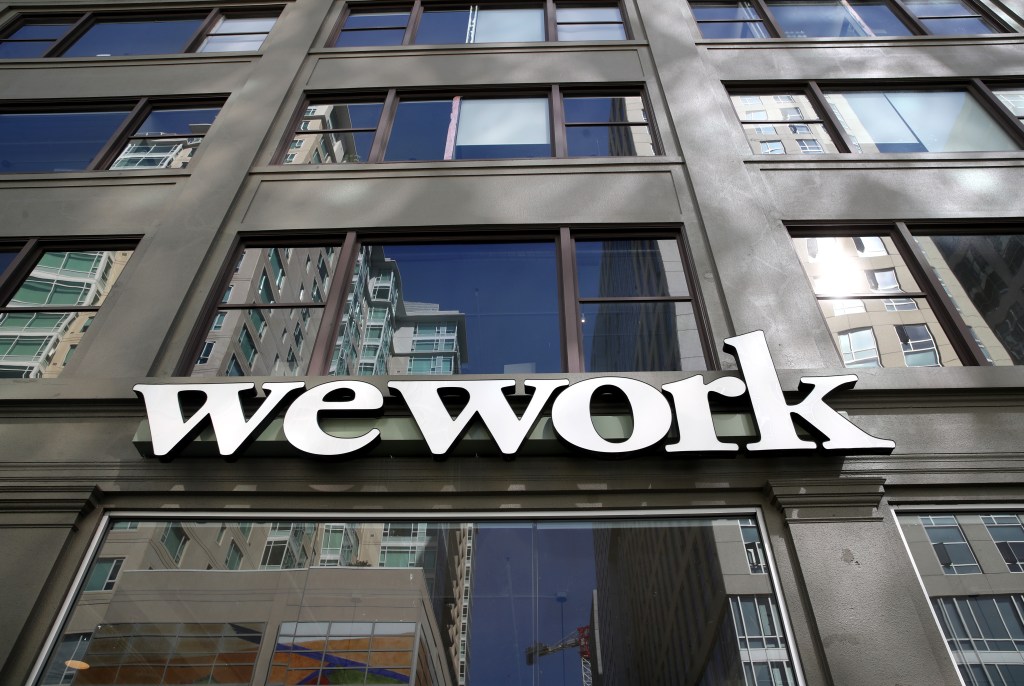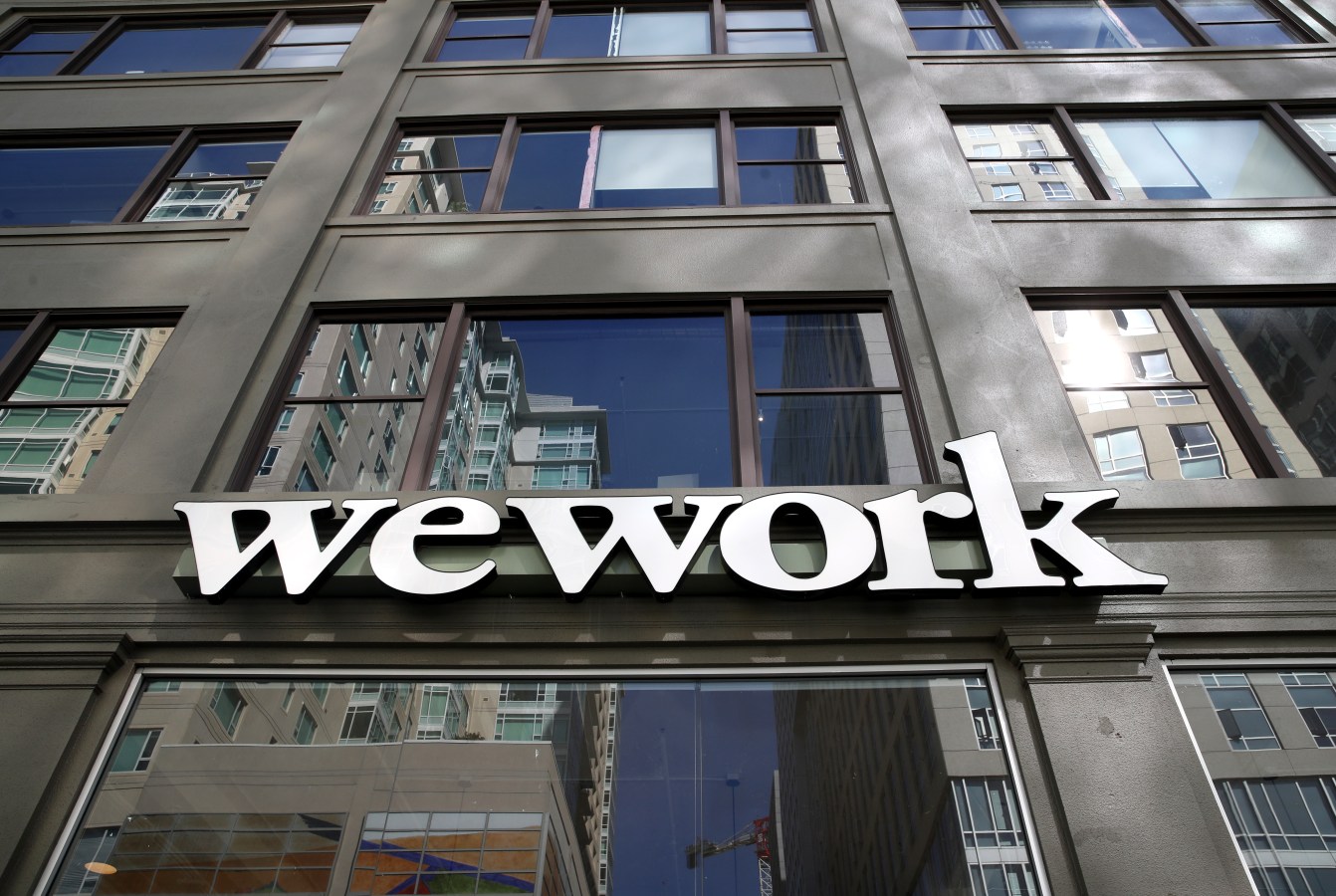WeWork announced Wednesday it plans to renegotiate “nearly all” of its leases in an effort to lower operating expenses and stay in business “for many years to come”—weeks after warning its ability to stay in business was in doubt.

Key Facts
Through the renegotiation process, WeWork expects to stay in most of its markets and buildings, but will “exit unfit and underperforming locations” and reinvest in assets that are better-performing.
WeWork introduced the idea of renegotiating its leases nearly a month ago, when it announced there was “substantial doubt” about staying in business, citing a “slight decline in memberships” and “increasing competition.”
At that time, the company said it was also trying to reduce member churn, increase sales, limit expenses and seek additional capital.
WeWork shares dropped 4.8% on Monday, and traded at $3.42 as of 12:15 p.m.—the company’s stock price has fallen precipitously since 2021, when it traded at over $400.
Related
Big Number
777. That’s how many locations WeWork had across 39 countries as of June 30. The sites had about 906,000 workstations and the company had 653,000 physical memberships, meaning there was a physical occupancy rate of 72%.

Key Background
WeWork was founded in 2010 as one of the first major coworking space companies. The company was once valued at $47 billion, but its valuation has plummeted in recent years, with its eccentric billionaire co-founder Adam Neumann exiting the fast-growing company in 2019 amid steep losses and governance issues.
Though remote work was reinvigorated following the pandemic—at one point in 2021, WeWork’s chairman said demand for space was “higher than it was prior to the pandemic,” Bloomberg reported—the company struggled to fill its offices that were emptied in spring 2020 when the virus forced people to social distance.
WeWork didn’t return to 2019 levels of occupancy until August 2022, when it had a 72% occupancy rate—which is where it still stands. In March, WeWork restructured its debt when investor SoftBank agreed to convert $1 billion of unsecured notes into equity to allow the company to pay off debt. The company lost $397 million from April to June of this year, but revenue has increased in recent years, going from $593 million in the second quarter of 2021 to $844 million in the second quarter of 2023.
This post originally appeared on Forbes.com
Look back on the week that was with hand-picked articles from Australia and around the world. Sign up to the Forbes Australia newsletter here or become a member here.



